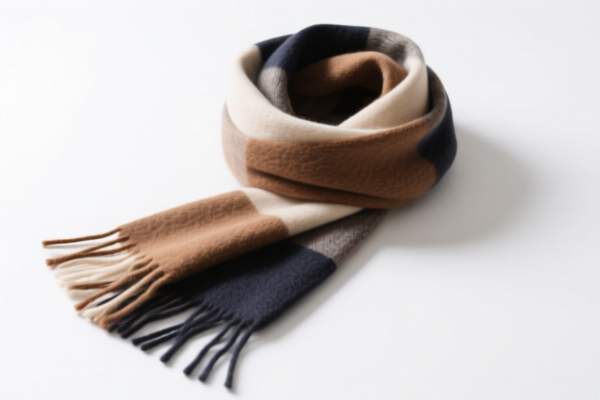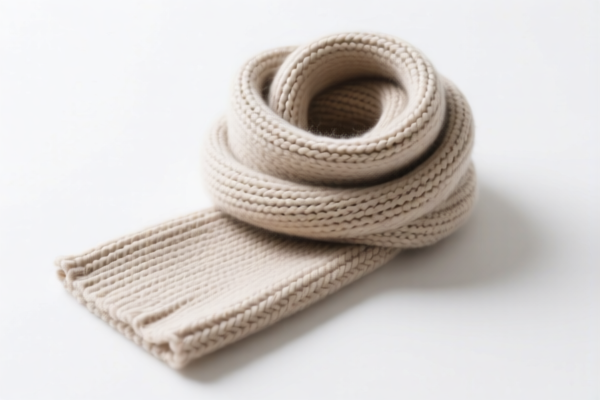| HS Code | Official Doc | Tariff Rate | Origin | Destination | Effective Date |
|---|---|---|---|---|---|
| 8430690100 | Doc | 55.0% | CN | US | 2025-05-12 |
| 8430610000 | Doc | 55.0% | CN | US | 2025-05-12 |
| 8474200010 | Doc | 55.0% | CN | US | 2025-05-12 |
| 8474200050 | Doc | 55.0% | CN | US | 2025-05-12 |
| 8201906000 | Doc | 55.0% | CN | US | 2025-05-12 |
| 8201903000 | Doc | 2¢ each + 5.1%+55.0% | CN | US | 2025-05-12 |
| 8206000000 | Doc | The rate of duty applicable to that article in the set subject t+30.0% | CN | US | 2025-05-12 |
| 6804224000 | Doc | 55.0% | CN | US | 2025-05-12 |
| 6804226000 | Doc | 55.0% | CN | US | 2025-05-12 |
| 6815910011 | Doc | 55.0% | CN | US | 2025-05-12 |
| 6815910071 | Doc | 55.0% | CN | US | 2025-05-12 |




Scarifier
A scarifier, also known as a power rake, is a lawn care tool used to remove thatch – an accumulation of dead organic matter, such as grass clippings, roots, and stems – from a lawn. Thatch buildup can prevent water, nutrients, and air from reaching the soil and grass roots, leading to a weakened and unhealthy lawn.
Material:
- Tines/Blades: Typically made of hardened steel. These are the working components that cut into the lawn.
- Housing/Frame: Constructed from steel or durable plastic.
- Engine/Motor: Gasoline-powered or electric.
- Wheels: Often adjustable to control working depth.
Purpose:
The primary purpose of a scarifier is to rejuvenate lawns by removing thatch. This process, known as dethatching, improves the lawn's overall health and appearance.
Function:
Scarifiers operate by using vertically spinning tines or blades to rake through the lawn surface. These tines/blades dig into the thatch layer, pulling it up to the surface. The collected thatch is then deposited into a collection bag or left on the lawn to be raked or vacuumed up.
There are two main types of scarifying action:
- Vertical Cutting: Uses vertically spinning blades to cut into the thatch layer. More aggressive and effective for heavy thatch.
- Power Raking: Uses curved tines to lift and remove thatch. Less aggressive and suitable for lighter thatch.
Usage Scenarios:
- Thick Thatch Layer: When the thatch layer exceeds ½ inch in depth.
- Compacted Soil: Scarifying can help alleviate soil compaction.
- Poor Drainage: Removing thatch improves water penetration.
- Yellowing or Brown Patches: Can be a symptom of excessive thatch.
- Spongy Lawn: Indicates a thick thatch layer.
- Before Overseeding: Creates better seed-to-soil contact.
Common Types:
- Rotary Scarifiers: Use vertically spinning blades. More powerful and effective for removing thick thatch.
- Vibrating Scarifiers (Power Rakes): Use curved tines that vibrate to lift thatch. Suitable for lighter thatch and smaller lawns.
- Manual Scarifiers: Less common, these are push-powered tools with fixed blades. Best for small areas or light dethatching.
- Thatch Rakes: A simpler tool, used for light dethatching and removing debris. Not as effective as powered scarifiers.
Scarifiers are categorized under machinery used for grading, leveling, or scraping earth, minerals, or ores. Here's a breakdown of relevant HS codes based on the provided information:
-
8430690100: This HS code covers “Other moving, grading, leveling, scraping, excavating, tamping, compacting, extracting or boring machinery, for earth, minerals or ores; pile-drivers and pile-extractors; snowplows and snowblowers: Other machinery, not self-propelled: Other”. This is a broad category encompassing various earthmoving machines that aren't self-propelled. The base tariff is 0.0%, with an additional tariff of 25.0% currently, increasing to 30.0% after April 2, 2025, resulting in a total tariff of 55.0%.
-
8430610000: This HS code specifically covers “Other moving, grading, leveling, scraping, excavating, tamping, compacting, extracting or boring machinery, for earth, minerals or ores; pile-drivers and pile-extractors; snowplows and snowblowers: Other machinery, not self-propelled: Tamping or compacting machinery”. If the scarifier functions primarily as a tamping or compacting machine, this code may be applicable. The tariff structure is identical to 8430690100: 0.0% base tariff, 25.0% additional tariff (increasing to 30.0% after April 2, 2025), for a total of 55.0%.
It's important to determine whether the scarifier is specifically designed for tamping or compacting. If it performs other functions beyond that, 8430690100 would be the more appropriate classification.
Customer Reviews
No reviews yet.